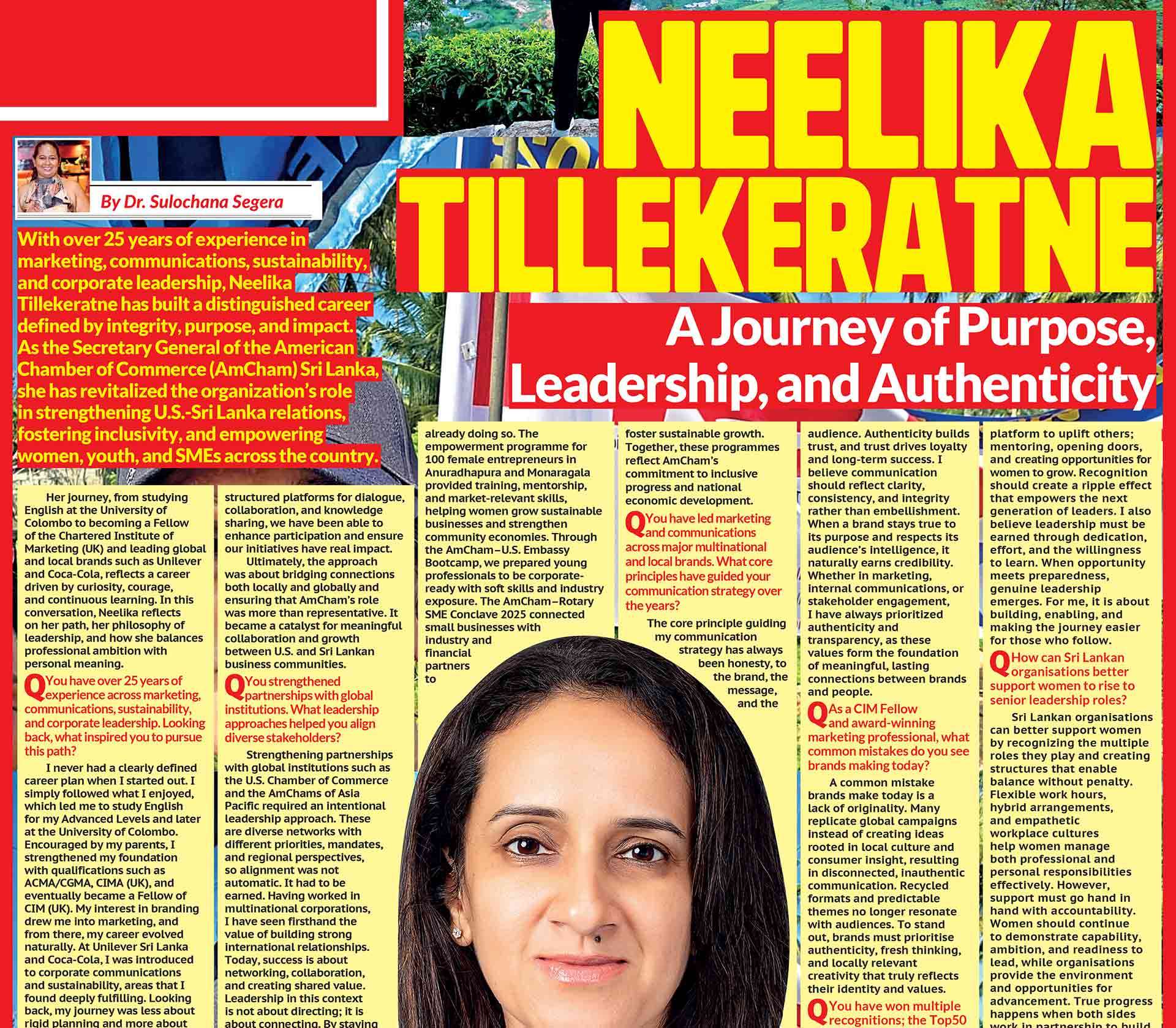

In recent years, the term “manifestation” has gone from fringe spiritual jargon to mainstream vocabulary. From TikTok influencers scripting their dream lives to bestselling books like ‘The Secret’ and ‘Think and Grow Rich’ dominating self-help charts, the world seems captivated by the idea that we can think things into existence. But can we really bend reality with our thoughts, or is manifestation just a feel-good placebo wrapped in positive thinking?
1
The Manifestation Boom
Manifestation is not new. Rooted in New Thought philosophy of the 19th century and further popularised by the Law of Attraction in the early 2000s, the core belief is simple: your thoughts and feelings can directly shape your external experiences. If you want love, money, success, or happiness, you simply have to align your energy, focus your intention, and ‘manifest’ it. The internet, especially social media platforms like YouTube, TikTok, and Instagram, has been pivotal in spreading manifestation culture. Young audiences, especially Gen Z and millennials, have embraced it not just as a tool for self-help, but as a lifestyle. Scripting, vision boarding, affirmation loops, and even water manifestation rituals are now common on these platforms. According to Google Trends, search interest in the word “manifestation” spiked dramatically during the COVID-19 pandemic, a time when people were desperately seeking control, purpose, and clarity. When the world felt uncertain, manifestation offered a sense of agency.
2
Science vs. Spirituality
Despite its popularity, manifestation sits in a grey area between pseudoscience and psychology. Critics dismiss it as magical thinking, while supporters argue that it's simply misunderstood. So, what does science say? Cognitive-behavioural psychologists agree that our thoughts influence our emotions and behaviours. The idea of ‘visualising success’ is supported in sports psychology and goal-setting theory. For example, visualisation exercises have been shown to improve performance in athletes and public speakers alike. When you vividly imagine a positive outcome, your brain simulates the experience, creating neural pathways that can make the real-life execution smoother. Dr. Tara Swart, a neuroscientist and author of ‘The Source,’ says, “The brain has a filter called the Reticular Activating System (RAS), which determines what information we notice. When you set intentions or visualise your goals, you train your RAS to highlight opportunities aligned with those goals.” In essence, you start noticing things that were always there but previously filtered out. However, manifestation goes a step further than visualisation. It proposes that the universe, or some form of energetic intelligence, responds to your beliefs and delivers outcomes accordingly. This is where science tends to bow out, and spirituality steps in.
3
The Power (and Danger) of Belief
Belief is a powerful force. Placebo studies consistently show that when people believe they're receiving effective treatment, even if it's just a sugar pill, their symptoms often improve. This demonstrates that belief can trigger real physiological changes. In the realm of manifestation, belief is the currency. When people believe they're attracting positive outcomes, they often act in more confident, purposeful ways. This creates a feedback loop where belief leads to action, which leads to success, which then reinforces the belief. But manifestation can have a darker side too. The idea that “you attract what you are” can quickly turn into victim-blaming. If you didn’t land that job, were you not thinking positively enough? If your relationship failed, did you vibrate at the wrong frequency? Such logic can be psychologically damaging, especially for individuals experiencing trauma, financial hardship, or mental health struggles. Dr. Julie Smith, clinical psychologist and author of ‘Why Has Nobody Told Me This Before?’ warns, “We must be cautious when interpreting success and failure purely through the lens of mindset. While optimism helps, systemic issues and life’s randomness also play a role.”
4
Modern-Day Manifestors
Despite the controversy, many successful people swear by manifestation. Oprah Winfrey, Jim Carrey, Lady Gaga, and Will Smith have all spoken about using visualisation and belief to shape their careers. Oprah once said, “You become what you believe. You are where you are today in your life based on everything you have believed.” Jim Carrey famously wrote himself a $10 million cheque for “acting services rendered” and post-dated it by five years. Just before the deadline, he landed ‘Dumb and Dumber,’ earning exactly that amount. But are these stories proof of manifestation or simply anecdotes of hard work, talent, and some good fortune? That’s the perennial question. Sceptics argue that attributing success solely to manifestation overlooks years of effort and the privileges that may have supported those dreams.
5
From Spiritual Practice to Capitalist Tool
Manifestation has become a booming industry. Coaches, workshops, apps, journals, and online courses promise to teach you the secrets to attracting your dream life, for a fee. On TikTok, the #Manifestation hashtag has over 40 billion views. The wellness and self-help industries have capitalised on this wave, monetising hope and turning it into algorithms, routines, and morning rituals. This commodification raises ethical questions. Is it empowering people to take control of their lives, or is it preying on their vulnerabilities? Like any belief system, manifestation can be liberating, but also easily exploited.
6
Practical Manifestation: Bridging the Gap
For many, the most effective form of manifestation lies in bridging the mystical with the practical. That is, use visualisation and intention-setting as motivational tools, but back them up with action and realism.
Think of it as a three-step process:
1. Clarity: Get specific about what you want. Vague goals like “I want to be happy” are hard to manifest. Define what happiness looks like, more time with family, a creative project, a new career path.
2. Belief: Cultivate belief, not through blind faith, but through repeated positive reinforcement. This can include journaling, affirmations, or surrounding yourself with supportive environments.
3. Action: Manifestation without effort is just wishful thinking. Take concrete steps, however small, toward your vision. The universe may not hand it to you, but it will meet you halfway if you show up.
7
A Personal Renaissance?
Perhaps the rise of manifestation reflects something deeper, a growing dissatisfaction with rigid structures, materialism, and an increasingly chaotic world. It suggests a collective yearning for meaning, control, and inner agency. Whether you believe manifestation is a mystical force or a psychological tool, its popularity is a mirror to our times. People want to believe they can shape their own destinies, and maybe, just maybe, that belief is the first step in doing so.
8
Final Thoughts
So, can thinking really change your reality? The answer lies in nuance. Thought alone won’t change your world. But thought coupled with belief, clarity, emotional alignment, and consistent action just might. As Carl Jung once said, “Until you make the unconscious conscious, it will direct your life, and you will call it fate.” Manifestation, then, is not about magic. It’s about awareness. It’s about choosing to be a conscious participant in your life story, writing it with intention, hope, and the courage to act.











